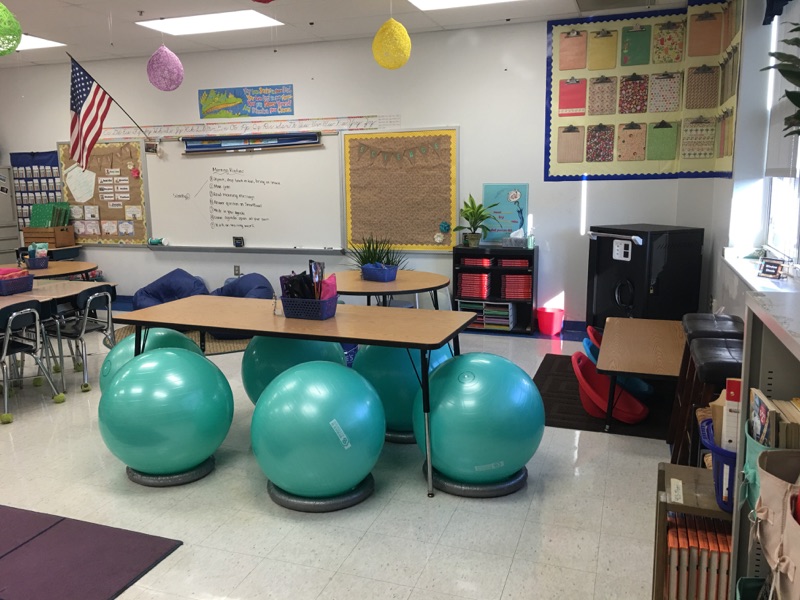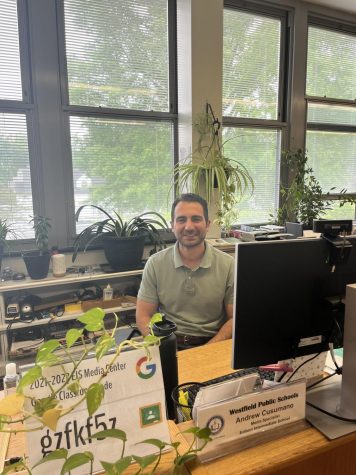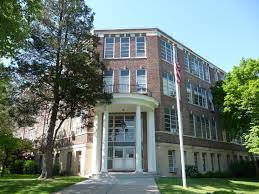More schools need seating of all shapes and sizes
Some classrooms in America have recently made huge changes, including new types of flexible seating. This new idea is a more comfortable option for many students. Traditional seating arrangements in classrooms consist of stiff chairs and desks. Flexible seating options include yoga balls, bean bag chairs, standing desks, lowered tables, stools, and other varied choices. They increase mobility and productivity in many classrooms for numerous students. Therefore, flexible seating should be available in all classrooms because it benefits students’ physical and mental health.
Firstly, students’ physical health is often overlooked in school. However, it is an extremely important component for learning. According to “Top 10 Benefits of Flexible Seating Classrooms” flexible seating is beneficial to physical health. “It also helps keep young minds more alert and focused. It’s no surprise that physical activity is linked to higher academic performance, better health, and improved behavior” (Smith Systems). This illustrates how if measures are taken to improve physical health in school, the quality of students’ work will be improved as well. Performing better in academics is extremely important to not only the student, but also to the parent, teacher, and school. For this reason, flexible seating will clearly boost physical health greatly amongst students.
Additionally, flexible seating can also improve the mental health of many students. Numerous staff at Edison Intermediate School (EIS) are keen on this improvement. Seventh grade English Language Arts (ELA) teacher Mr. Marc Lazarow stated, “I think when students feel more cozy and comfortable in the setting or environment that they’re in, they’re more likely to be engaged in the work that teachers are asking them to do. So if there’s the kind of furniture that makes them feel less rigid, and more comfortable, I think teachers will get more quality work from them.” Mr. Lazarow also mentioned that in his ELA class, flexible seating would be beneficial for activities he assigns, including book clubs, movies, and more. Having seating options for activities like these will make the experience so much more enjoyable, and students will be more involved and eager to learn. Students being eager to learn will easily improve the state of their mental health, because it will be more enjoyable for them. In closing, flexible seating positively impacts students’ work, mental health, and overall attitude.
Furthermore, flexible seating allows students to better engage in the content they are presented with. For many, sitting in a chair of their choice helps them to be more successful. In the article, ‘Top 10 Benefits of Flexible Seating Classrooms’ the negative effects of intolerable situations are explained. “An uncomfortable student is a distracted and unproductive student…” (Smith Systems). In school, if students are unable to pay attention and get work done, they can rapidly fall behind. Falling behind in school can leave students stressed and anxious, which can be harmful to their overall health. If flexible seating can increase student’s attention spans and work ethic, it should be available in classrooms in order for their studies to thrive.
Although some might argue that flexible seating is too expensive, the costs can easily be covered in many ways. For example, students and teachers interested in new seating options can host fundraisers at lunch or after school. In addition, teachers can write grants asking for funds to cover the cost of flexible seating. This is not a big ask considering how beneficial flexible seating would be to schools. Money will not be wasted if it is spent towards students’ health.








